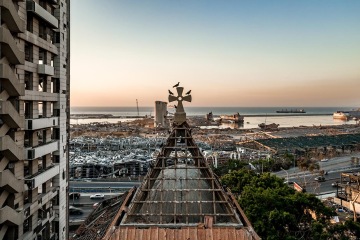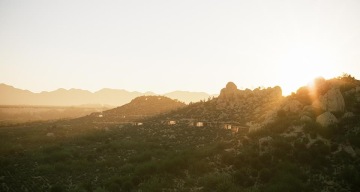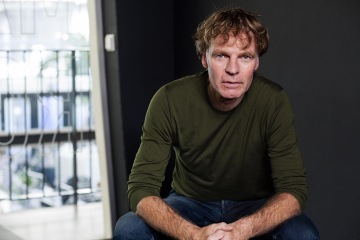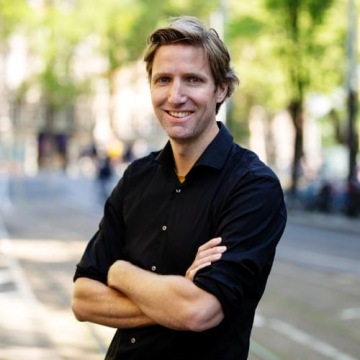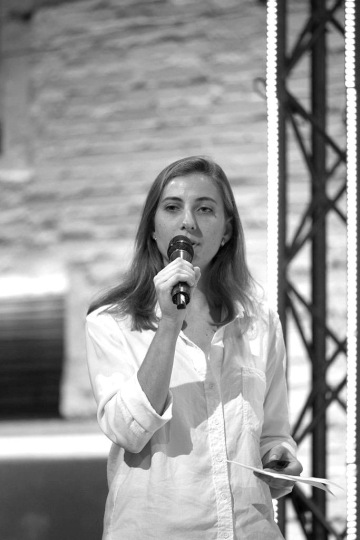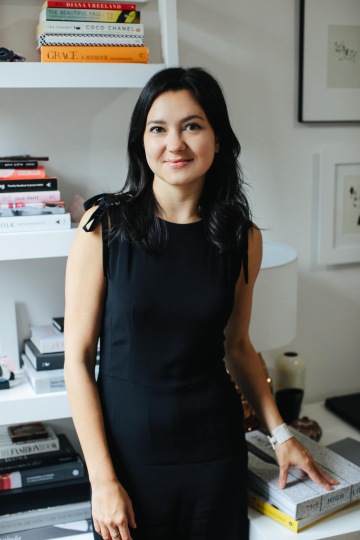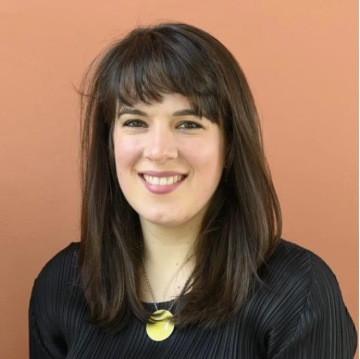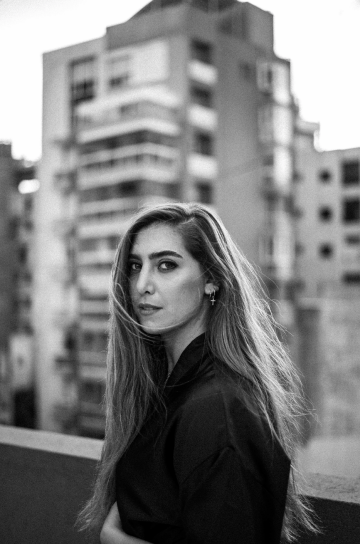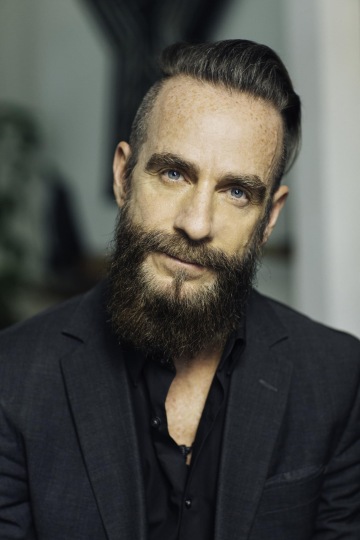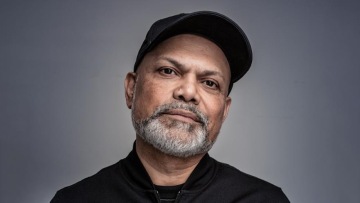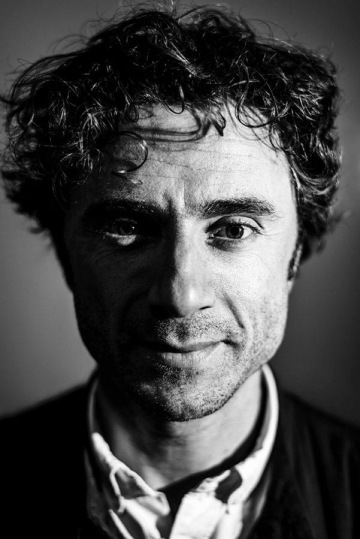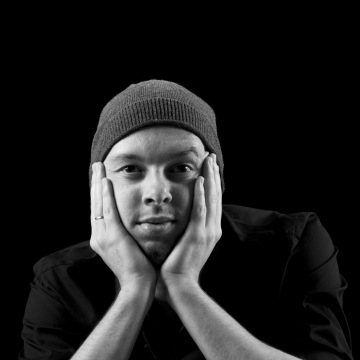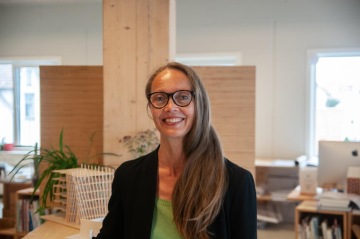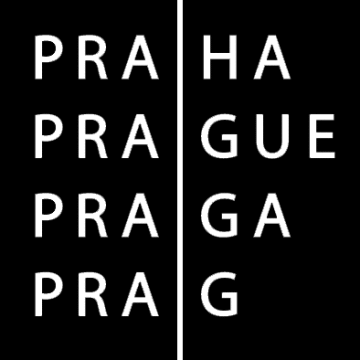
Design and the City is a podcast about the ways we can use design to make cities more livable and lovable.
Cities are the sum of designers, developers, artists, citizens, public officials, entrepreneurs, and the displaced, but rarely do each of these constituencies gather in the same room, let alone speak the same language, and cities suffer for it.
reSITE is literally that room.
What is design? Does design always have to be objectified? Can design elevate cultural identity? Can design enhance democracy? I think the fundamental question is this—what’s design for?

18+
New Episodes
3
Season
40k
Listens and counting
60+
Minutes per Episode
We are a generation that asks what is possible and not necessarily what is profitable. I have a big hope that we are a generation of architects that do not build for fictional stories, but for an objective reality.
Design and the City | Season 2
Venice Architecture Biennale: How Will We Live Together? [Part 1]
reSITE is back with a special two-part Design and the City episode covering the long-awaited Venice Architecture Biennale to explore the question “How will we live together?” Part-one covers the U.S, Nordic and Luxembourg Pavilion curators for their use of timber and wood construction to answer this years pressing question.
Venice Architecture Biennale: How Will We Live Together? [Part 2]
Part two of our Design and the City episode covering the long-awaited 17th Venice Architecture Biennale to explore the question “How will we live together?” and features curator Hashim Sarkis in conversation with Greg Lindsay along with British and Austrian pavilion curators as they explore accessibility on many levels.
Tim Gill on Building Child-Friendly Cities
A city that is good for children, is good for everyone--and idea we explore with Tim Gill, author of Urban Playground: How Child-Friendly Planning and Design Can Save Cities, on this episode of Design and the City. Photo by Els Lena Eeckhout.
Why is Birth a Design Problem with Kim Holden
Can rethinking and redesigning the ways birth is approached shift the outcomes of labor and birth experiences? Can it be instrumental in improving our qualities of life--in our environments, in cities, and beyond? Architect and founder of Doula x Design Kim Holden join Design and the City to explore how she sees birth as a design problem. Photo by Kate Carlton Photography
The Architecture of Healing with Michael Green + Natalie Telewiak
Michael Green and Natalie Telewiak love wood. These Vancouver-based architects champion the idea that Earth can, and should, grow our buildings--or grow the materials we use to build them on this episode of Design and the City. Photo courtesy of Ema Peter
Beirut: After the Dust Settles with Christele Harrouk + Salim Rouhana
We are taking on the devastating Beirut explosion with two of the city's natives. They will share their perspectives on what rebuilding the city of Beirut could look like after such an unbelievable event. Photo courtesy of Rami Rizk.
Michel Rojkind on the Social Responsibility of Design
reSITE's podcast, Design and the City, features Rojkind Arquitectos founder, Michel Rojkind in conversation with Martin Barry on how he uses design as a tool for social reconstruction.
Stefan Sagmeister on Beauty as Function
For this episode, we’ve spoken with iconic Austrian-born graphic designer and typographer, Stefan Sagmeister on happiness as related to the importance of beauty as a utility for any properly functioning building, space, or city.
Gary Hustwit on Why Design Is for Everyone
Our next guest, New-York based, Indie filmmaker, Gary Hustwit, on his iconic trilogy of design-focused documentaries: Helvetica, Objectified and Urbanized, his creative process, making design more accessible to everyone and his latest release, short-film, The Map.
Julia Gamolina on Breaking the Architect's Mold
A rising tide that raises all ships—Julia Gamolina’s efforts with Madame Architect in building a culture of community and collaboration give the diverse stories, perspectives, and the women they belong to a seat at the table. Listen to her episode on Design and the City. Photo courtesy of Sylvie Rosokoff
Vishaan Chakrabarti on Creating an Architecture of Belonging
Listen to Vishaan Chakrabarti on the future of mobility, designing streets as public spaces, and creating an architecture of belonging on this episode of Design and the City
Winy Maas on Dipping Our Planet in Green
Design and the City is back with the first episode of our second season featuring co-founder of MVRDV, Winy Maas, in conversation with Martin Barry on greening our cities, his latest projects, and how constructive criticism leads to productivity. Listen now!
No woman wants to be known as a “woman in architecture”. They want to be known as architects and professionals and experts in their field of focus.

New Voices you will hear on Season 3: Design and the City
Is there a voice you'd like to recommend?
Our new season of Design and the City will expand the conversation on the intersections of city-making.
Inclusivity + Inequality
What does a city that functions for everyone look like? Can design solve inequalities baked into our urban fabric? How can we design inclusive, pedestrian-friendly streets and public spaces with grassroots input? Where does the difference between equality and equity come in? How do we prevent pandemic-induced redesigns that would deepen inequity and mistrust in communities that have been disenfranchised and underserved for generations? How do we help build resilience in our communities, designing with and for young people and under-represented groups in society? How will improving public transport, transitioning to renewable energy and investing in future-focused infrastructure create more equitable cities? If we want to avoid utopian urbanism projects in the wake of COVID transformations, where should cities’ funding priorities be?
Mental Health in Cities
We know green spaces help fight the heat island effect and public transportation combats pollution, but can implementing these sustainable approaches to urban design result in an improvement of a population’s overall mental health? Can we design for mental health the same way we design for physical health? What is the link between that environment and our emotional health? How do our brains register the environments around us? Why do we love some cities and dislike others? Do we think or act differently depending on the space we’re in? How do sensory experiences derived from our urban environment shape our well-being? Will improving our public spaces result in an improvement of the population's mental health? Does the design of our cities create a feedback loop that shapes human interaction and behavior? What is a restorative city?
Infrastructure + Mobility
How can we rehumanize transportation? What kinds of freedom do smart approaches to mobility afford in our public spaces? How have car-centric cultures shaped architecture? What impacts do you think mobility infrastructure has on our culture? Why is the automobile viewed as the ultimate symbol of freedom? How can car-centric communities and cities, built around urban sprawl, begin to pivot towards more democratic modes of transportation? How can we become more adaptable towards mobility innovations? How can different modes of transportation equate to more inclusive design? How can we incentivise people to give up something seen as deeply woven into their identity? Why is the idea of degrowth so important in our discussions about “greening” our cities?
The Future of Architecture
What can we learn from different cultures’ approaches to architecture? How can architecture relate to community building? What is slow architecture? How can architecture take more accountability for its environmental impacts? How can we balance slow architecture principals with the need to seek solutions for fast-growing mega cities and housing challenges? What can indigenous cultures teach us about architecture? How can we derive methods from indigenous practices and know-how to make our urban environments more sustainable? How can we use technologies symbiotic to nature to combat climate change and create resiliency in our cities? How can we engage those different communities in a way that is equitable?
Technology, Smart Cities + Surveillance
How can smart cities technology be a double-edged sword? How can weaving technology into our cities benefit us? How have smart cities and technology been utilized to help improve safety in cities? How can drawing on 5G technology, sensor networks, big data and artificial intelligence help us conserve resources on a massive scale? What are the dangers of the misuse of surveillance technology? How does it create the potential for exploitation of the population? How can we use design tools based in technology to investigate human rights' abuses? What new types of spatial design are on the horizon? What role will architecture play in the metaverse?
Real Estate Development Post-COVID
What are the post-COVID storefronts of the future? Who’s going to lease them and fill them with life? How will digital and physical storefronts evolve? How do we connect investors with funds and people with ideas? How will real estate hurt those already impacted most by COVID, such as renters and people in informal living conditions?
Food Security + Sustainability
What are food deserts? How do we approach food security to foster future urban demands and ecological resilience? How do we scale-up for the design of new processes and materials? How can responsive design innovate our experience? What are some alternative means for cities and their inhabitants to become much more self-sufficient in supplying their own food and energy?
How do you build for society if you don't represent the voices of society?






